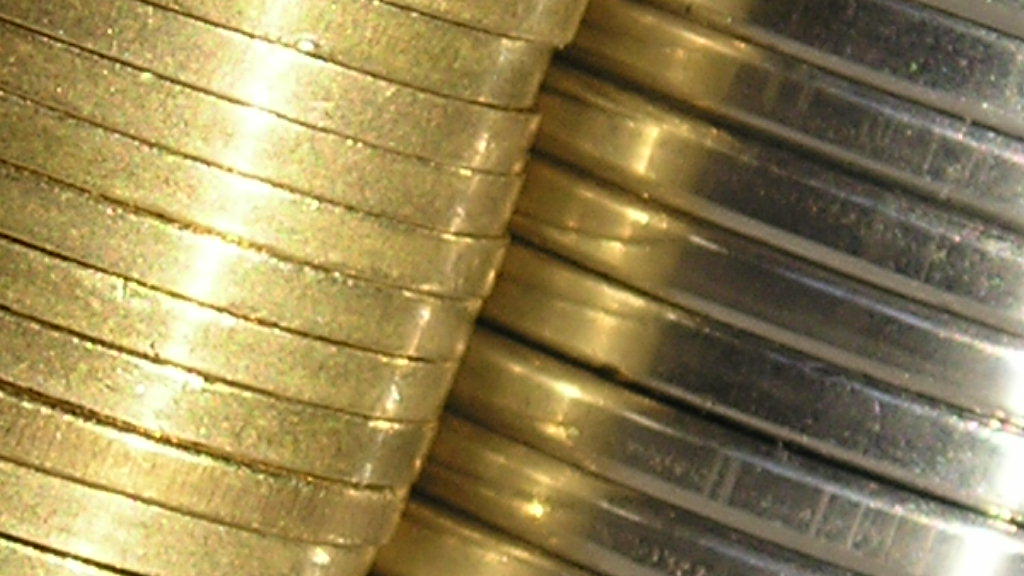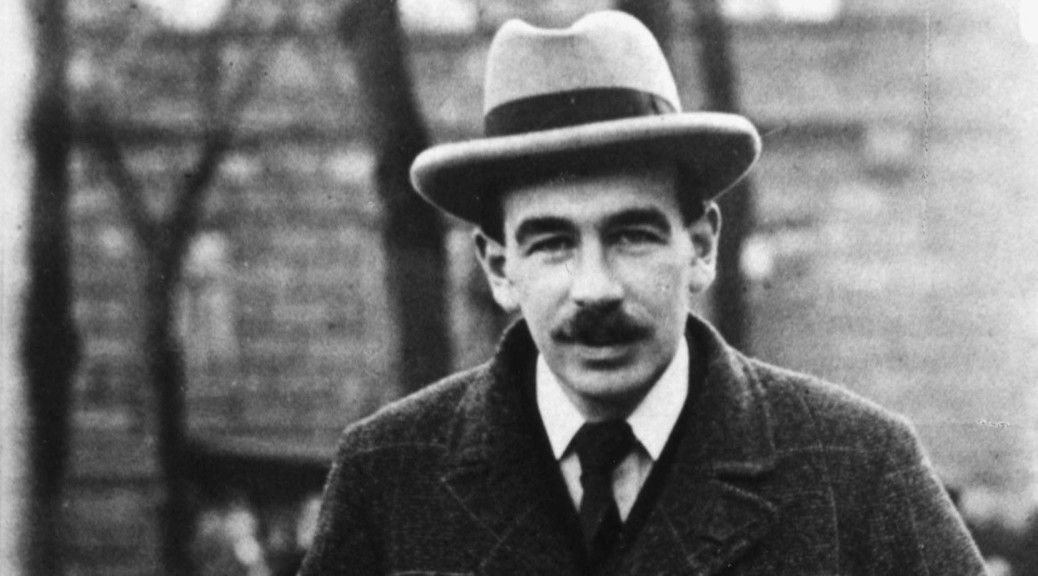
In this episode, James Caton discusses the classical and inter-war gold standards. James is an economics PhD student at George Mason University.
Gold has many qualities that make it an ideal money: It is valuable, scarce, divisible, and easy to transport. It is also easy to verify the value of a given amount of gold: The Old Testament references weights and scales being used to measure gold. Ancient people could verify the purity of the gold by observing its water displacement.
Before 1870, only Great Britain was on a gold standard, while gold, silver, and other metals would circulate freely alongside one another throughout the rest of Europe. The classical gold standard began in the wake of the Franco-Prussian War, when the victorious Germany demonetized silver in favour of gold and the rest of Western Europe followed suit (see Caton on the deflation that resulted from the demonetization of silver). America converted to the gold standard in 1879 upon redeeming the Civil War greenbacks for gold.
The classical gold standard operated as a fixed exchange rate regime. As England was the center of global finance, the Bank of England held a privileged position whereby other central banks would follow the Bank of England to keep their currencies constant against the Pound Sterling (see Eichengreen and Bordo). This was the case until the First World War.
Europe’s governments suspended the convertibility of their currencies into gold during the First World War. These governments created a great deal of inflation to finance the war, but they were reluctant to devalue their exchange rates after the war had ended. They wanted to return to their pre-war exchange rates.
At this point, the Fed did something crazy: It slashed the US money stock by over 40%, increasing demand for gold, and causing a general deflation. Before 1925, as gold flowed into the United States, the Fed did not increase the monetary base in tandem with the increasing gold stock, thus sterilizing the gold inflows’ influence on prices. After 1925, when Europe returned to the gold standard, the Federal Reserve did increase the monetary base alongside the gold stock. The typical Austrian narrative about the Great Depression (see Robbins and Rothbard) blames the Fed for the 1920s inflation that created an unsustainable boom resulting in the eventual crash that became the Great Depression. However, James disagrees with the blame put on the Fed in this story, as the ratio between the base money stock and the gold stock was fairly constant from 1925 to 1929.
From 1925, the Bank of England was acting as Europe’s central bank, holding most of Europe’s gold. This was politically unpalatable for the French, who began hoarding gold in 1927, devaluing the Franc and causing gold to flow into France (see Irwin). Between 1927 and 1932, France went from holding 7% to 27% of the world’s monetary gold. The resulting deflation exacerbated the Great Depression.
The Bank of England went off gold in 1931, sounding the death knell for the international gold standard. FDR devalued the dollar and outlawed private ownership of gold in 1933, ending what was left of the gold standard. Although this mitigated the ongoing institutional collapse in the American banking sector, the Great Depression continued on until after the Second World War.
See also: Irwin and Rustici on the Smoot-Hawley Tariff.
James can be found online at his blog, Money, Markets, and Misperceptions, and at the George Mason University website.
Subscribe to Economics Detective Radio on iTunes or Stitcher.
The post Gold and the Great Depression with James Caton appeared first on The Economics Detective.


